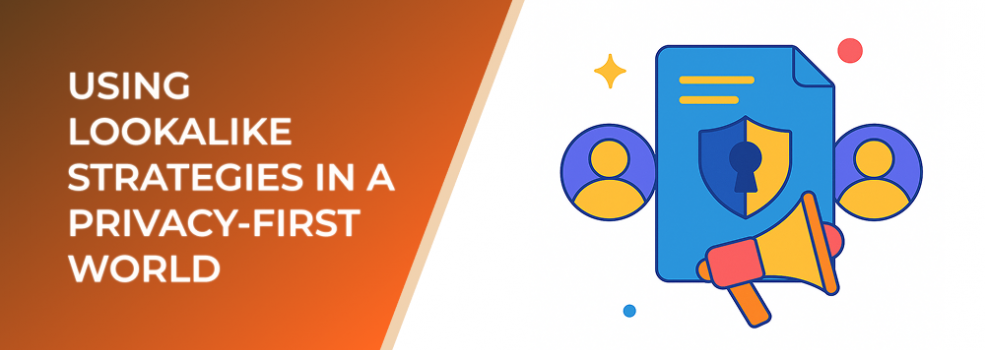The advertising landscape continues shifting toward more privacy protections, fewer identifiers, and greater reliance on modeled data. These changes fundamentally alter how lookalike audiences are built, how they perform, and how advertisers should structure their data.
While lookalikes remain powerful, the way they are formed is different from years past. Platforms now depend more on aggregated patterns, probabilistic modeling, and conversion signals rather than detailed individual-level traits.
The New Foundation: High‑Quality Source Data
In a privacy-first environment, the performance of lookalikes depends heavily on the quality, consistency, and depth of the source audience.
A recent industry survey found that brands with clean, well-defined seed lists achieve up to 41% stronger conversion performance compared to those using outdated or mixed datasets.
To improve source quality:
-
Use recent converters only
-
Remove duplicates and low-quality entries
-
Ensure accurate event tracking
Smaller Seeds Now Outperform Larger, Mixed Lists
Platforms have refined their modeling systems to value precision more than size. In fact, studies show that a seed list of 1,000 highly qualified converters often outperforms a broad list of 20,000 mixed-intent profiles.
This trend has become stronger since privacy updates have forced platforms to rely more on behavioral clusters rather than granular user signals.
Modeled Expansion Is More Crucial Than Ever
With less individual-level data available, lookalike modeling uses machine learning to identify shared behaviors, context, and conversion patterns.
Platforms now weigh:
-
On‑platform engagement
-
Conversion event strength
-
Cross-device behavioral modeling
Internal analyses across multiple sectors show that machine‑modeled lookalike expansions can account for up to 58% of incremental conversions when paired with strong seed data.
Pairing Broad Targeting With Lookalikes
Lookalike audiences are increasingly effective when used as a discovery layer rather than the sole targeting method. Combining lookalikes with broad structures gives algorithms more flexibility.
Recent campaign data indicates that advertisers layering lookalike signals into broad delivery achieve:
-
19% lower CPA
-
23% stronger optimization stability
This blend allows platforms to use lookalikes as directional guidance rather than restrictive boundaries.
Refreshing and Rotating Lookalike Sources
Because intent shifts quickly, stale data weakens performance.
Advertisers updating their seed lists every 30–45 days report:
-
Up to 27% more consistent ROAS
-
Faster learning phases
-
Improved modeled expansion
Lookalikes should evolve continuously alongside customer behavior.
Combining First‑Party Data With On‑Platform Signals
In the privacy‑first era, the strongest results occur when first-party data is paired with robust platform signals.
Brands investing in server-side event tracking and regular data syncs report:
-
14–22% lower acquisition costs
-
Significant stability gains across longer optimization cycles
This merged data approach strengthens lookalike accuracy by reinforcing conversion signals.
Final Thoughts
Lookalikes are far from obsolete. In a privacy-first world, they remain a foundational strategy—but only when supported by high-quality source data, strong platform signals, and adaptive targeting structures.

